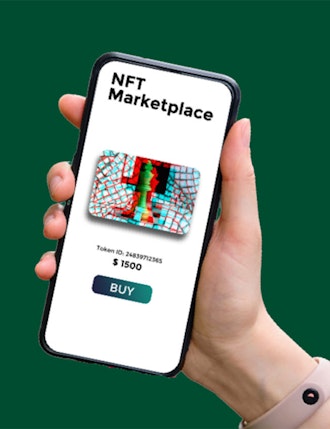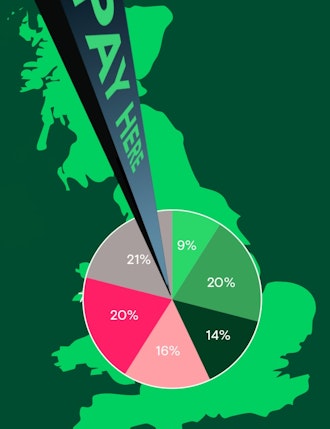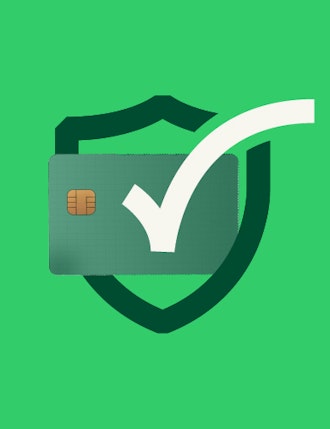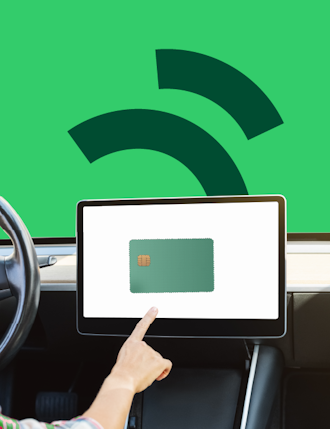Key Insights
-
Cross border payments trends show a rapid shift away from cash, with real-time payments (RTP) growing 42% in 2024 and expected to exceed 25% of electronic payments by 2028.
-
APIs and open banking are fueling cross border payments innovation, creating seamless integration across platforms and regions that drives global commerce forward.
-
Blockchain, stablecoins, and Central Bank Digital Currencies (CBDCs) are reshaping settlement speed, transparency, and trust, accelerating trends in cross border payments.
-
AI and machine learning are making payments smarter and safer: They’re changing the game for fraud detection and risk management, which are both critical to the future of cross border payments.
- Security and compliance are essential pillars in the vision for the future of cross-border payments, ensuring data protection and building trust across global markets.
Don't have time to read more now? Sign up to our newsletter to get the latest insights directly in your inbox.
Digital payments are rapidly replacing cash. Real-time payments (RTP) alone grew 42% in 2024, and now account for nearly 20% of electronic payments worldwide. By 2028, that figure is projected to exceed 25%.
It’s all thanks to APIs and open banking, as these critical components create seamless integration across platforms and regions, driving new cross border payments innovation and opening the door to fresh opportunities in global commerce.
Let’s explore this, and let’s explore the trends in cross border payments, as well as the technological breakthroughs fueling them, before taking a peak at what the future of cross border payments might look like soon…
The trends shaping cross-border payments
Cross-border payments are changing. Here are the main trends you need to know:
1. Real-time payments go global
The momentum behind RTP is undeniable. Initiatives like SWIFT GPI, Project Nexus, and Visa B2B Connect are transforming once-sluggish cross-border transfers into near-instantaneous flows. Real-time liquidity and transparency are competitive advantages, and they’re becoming essential for global business.
2. Blockchain, Stablecoins, and CBDCs
Distributed Ledger Technology (DLT) and blockchain-based payment networks promise faster settlement, enhanced visibility, and reduced reliance on traditional intermediaries. Meanwhile, central banks are exploring CBDCs, and stablecoins are gaining traction in digital commerce, further accelerating cross-border payment innovation.
We allude to this in a lot more detail in our ‘crystal ball-esque’ article: Payment trends and predictions in 2025.
3. AI and ML making payments smarter and safer
AI and machine learning are reshaping fraud detection and risk management. By analyzing vast transaction datasets in As cross-border payments continue to grow, so do the opportunities and challenges facing merchants and PSPs. From expanding into new markets to managing real-time liquidity, businesses need confidence to do this. At the same time, ensuring security and compliance remains critical to building trust and protecting sensitive financial data in this complex ecosystem. Here are some of the key areas we believe will shape the future of cross-border payments: 1. Financial inclusion in emerging markets As digital payment infrastructure expands, cross-border payments will reach more people in regions like Southeast Asia, Africa, and Latin America. This unlocks new markets and fuels inclusive economic growth. 2. Real-time cross-border transactions The future of cross-border payments lies in real-time settlement, closing the gap between domestic and international payments. Solutions like SWIFT GPI and Visa B2B Connect are making instant cross-border payments a reality, improving liquidity and cash flow for global businesses. 3. Security challenges still remain As cross-border transactions grow, so do security concerns. Encryption, tokenization, and biometric authentication are now essential pillars of trust in the modern payment ecosystem, ensuring data protection and compliance with global standards. Security and compliance are non-negotiable. At Aevi, we embed omnichannel payments security at the heart of every transaction. Our platform ensures PCI DSS compliance, real-time fraud monitoring, and device state awareness. This empowers merchants and PSPs to protect sensitive financial data and maintain customer trust.The future of cross-border payments (opportunities & challenges)
Aevi’s vision for the future of cross-border payments via orchestration
At Aevi, we believe payments should do quite a bit more than just settle transactions - oh yes, they should also orchestrate seamless real-world actions that create value at every touchpoint. Here’s how we see the future of cross border payments through the lens of our own in-person orchestration technology:
The path toward cross-border payment innovation
The convergence of RTP, blockchain, AI, and open banking is redefining the future of cross-border payments. For businesses and PSPs, this is a transformative opportunity to create differentiated customer experiences, build new revenue streams, and stay ahead in a dynamic global market.
With Aevi as your orchestration partner, you can both adapt to change and lead it!
Ready to see how Aevi can help you bridge digital and physical worlds, orchestrate real-world outcomes, and thrive in the future of cross-border payments? Let’s talk.
Interested in reading more around this subject? Here are some useful articles…













